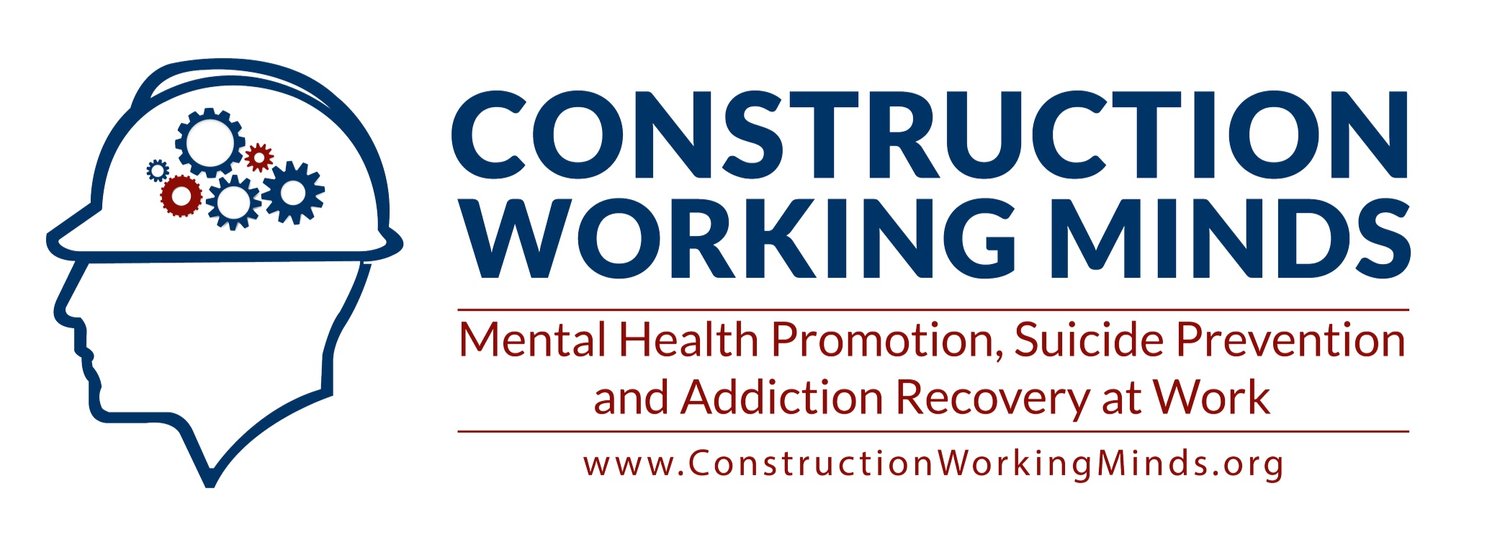Framework
"Upstream, Midstream, Downstream”
Recommendations for Effective Suicide Prevention
What the research tells us is that our best outcomes in reducing suicide rates come from comprehensive and sustained efforts where training is just one component of an overall strategy (Knox, et al, 2003). The following common parable from the public health perspective illuminates what a comprehensive approach might entail. upstream, midstream and downstream” approaches are needed to prevent suicide.
Stream Parable
You are walking along a river one day and you hear a plea for help from someone drowning. You are startled but energized as you dive into the water and save him. Using all your strength you pull him to shore and start administering CPR. Your adrenaline is racing as he starts to regain consciousness. Just as you are about get back on your feet, another frantic call comes from the river. You can’t believe it! You dive back in the river and pull out a woman who also needs life-saving care. Now a bit frazzled but still thrilled that you have saved two lives in one day, you mop the sweat from your brow. When you turn around, however, you see more drowning people coming down the river. One after another.
You shout out to all the other people around you to help. Now there are several people in the river with you – pulling drowning people out left and right. One of the rescuers swims out to the drowning group and tries to start teaching them how to tread water. This strategy helps some, but not all because it turns out it’s hard to learn how to tread water when you are drowning.
Everyone looks at each other, completely overwhelmed, wondering when this will stop. Finally, you stand up and start running upstream. Another rescuer glares at you and shouts, “Where are you going? There are so many drowning people; we need everyone here to help!” To which you reply, “I’m going upstream to find out why who is pushing all of these people into the river.”
Upstream strategies build protective factors that can mitigate risk, such as creating a sense of belonging, eliminating bias language and actions, building resilience through life skills and mental hardiness, and enhancing mental health literacy.
Midstream approaches help identify people in emerging risk and then link them to appropriate support before the issues develop into a suicidal crisis. Midstream strategies include screening for mental health conditions and suicidal thoughts, promoting and normalizing many types of help-seeking behavior, and training populations on how to have difficult suicide-specific conversations.
Downstream tactics are needed on how best to respond when a suicide crisis has happened including acute thoughts of suicide, suicide attempts or suicide death. Current thinking about downstream tactics is that they are not about constraint (e.g., involuntary hospitalization, restraints, and isolation) but rather an attempt to answer the question, “How can we approach these crises to offer dignity and empowerment instead of fear?”
“Bake it in, don’t bolt it on.” ”
UPSTREAM
Build Protective Factors
To prevent the problems from happening in the first place by promoting life skills, community, and mental health/suicide prevention literacy.
MIDSTREAM
Early & Effective intervention
To identify problems early in the course of their development, course correct environmental hazards, and connect people who are suffering to qualified supports efficiently.
DOWNSTREAM
Safe & Compassionate Responses to the Aftermath of Mental Health and Suicide Crises
To follow best practice guidelines to reduce the impact of suicide, suicide attempts, and other mental health crises while promoting dignity and empowerment for all impacted.
OBJECTIVES & TACTICS: Comprehensive and Sustained Approaches to Suicide Prevention, Mental Health Promotion and Resilience
A comprehensive approach to suicide prevention will integrate the following nine approaches into workplace culture to improve mental health and prevent suicide.
9 Specific Practices from the National Guidelines for Workplace Suicide Prevention
UPSTREAM
1) Leadership: Cultivate a Caring Culture Focused on Community Well-Being: Create a healthy and caring community and foster genuine community support and a sense of belonging. Engage leadership around a mindset that mental health and suicide prevention are important pieces of the overall health and safety concerns of the community.
2) Assess and Address Job Strain and Toxic Work Contributors: Reduce certain environmental aspects of job strain, stress, trauma, and life disruption that impact negatively employee vibrancy.
3) Communication: Increase Awareness of Understanding Suicide and Reduce Fear: “Bake in” messaging around suicide prevention, mental health promotion, and resilience wherever health and safety messaging is happening. Share stories of recovery, resilience, making meaning, and support to create a more powerful tale and humanize the issues.
MIDSTREAM
4) Self-Care Orientation: Self-Screening and Stress/Crisis Inoculation Planning: Help people self-detect emerging suicidal thoughts or mental health concerns (e.g., depression, anxiety, anger, and substance use issues) early in the development of these problems and link people to helpful resources and supports. Teach people to plan for crisis before they are in crisis.
5) Training: Build a Stratified Suicide Prevention Response Program: Offer a tiered approach to training that builds skills and confidence at different levels of intensity. Develop specialized training by role for people in a position to offer advanced intervention. Provide ongoing training on skills like emotional regulation, conflict resolution, stress management, communication skills, financial planning, goal setting, etc.
6) Peer Support and Well-Being Ambassadors: Informal and Formal Initiatives: Enroll peers, ombudsmen, and ambassadors to increase awareness of and comfort with mental health and suicide prevention resources, improve positive co-worker assistance, and normalize help-seeking and help-giving behavior with an emphasis on least restrictive peer support, collaboration, and empowerment.
DOWNSTREAM
7) Mental Health and Crisis Resources: Evaluate and Promote: Provide highly trustworthy mental health services well-versed in state-of-the-art suicide risk assessment, management, and support and a range of evidence-informed treatment options. Promote these resources through multiple distribution channels frequently over time.
8) Mitigating Risk: Access to Lethal Means and Legal Issues: When the potential for suicide is high, remove access to guns, pills, and other suicide means. Address workplace legal concerns with issues like ADA, FMLA, privacy, liability, and others.
9) Provide Support after Suicide:
Crisis Response: Accommodation, Re-integration, and Postvention: Follow crisis management procedures and longer-term support in the aftermath of a suicide or mental health crisis as outlined in A Managers Guide to Suicide Postvention in the Workplace.
More information here: www.WorkplaceSuicidePrevention.org




